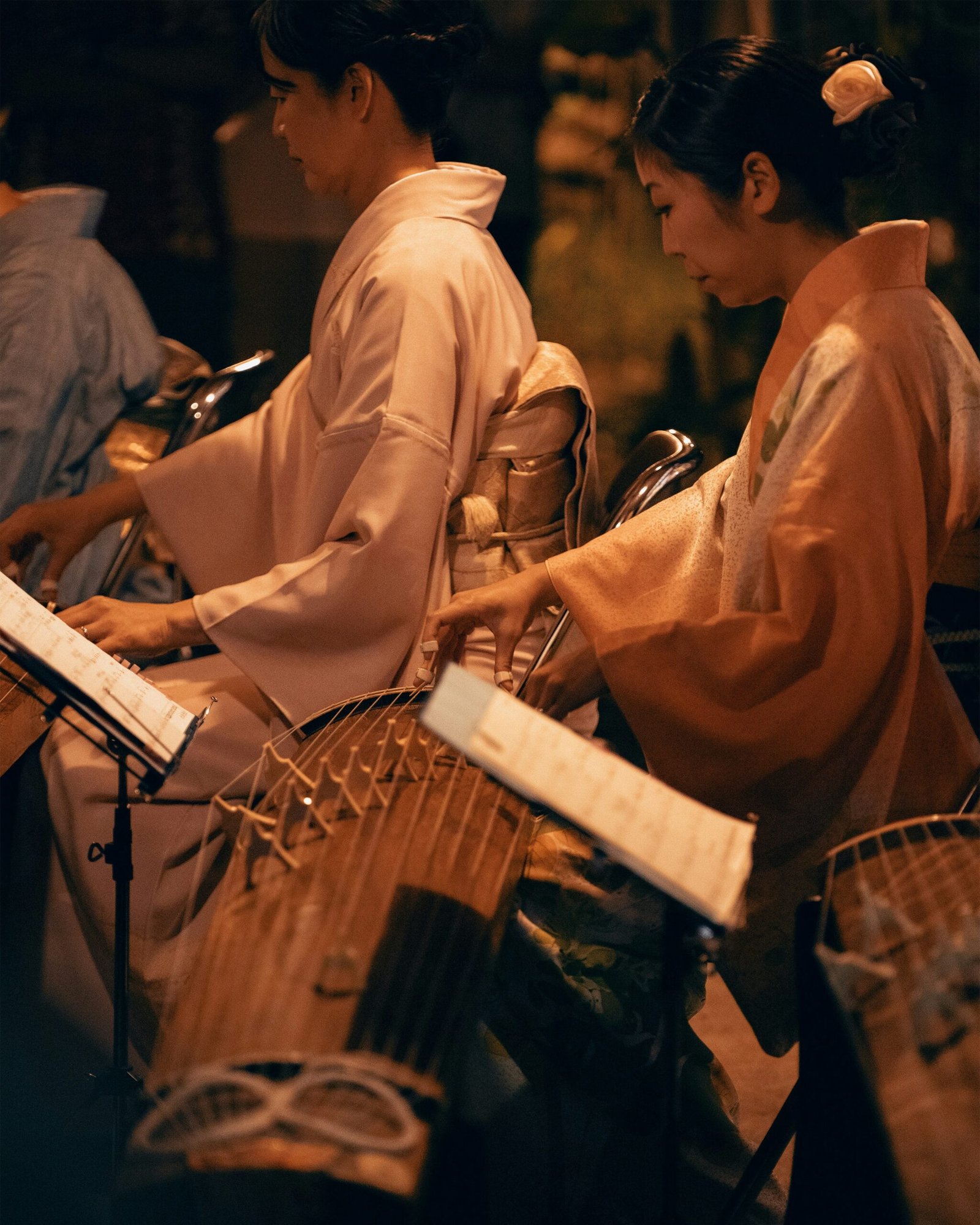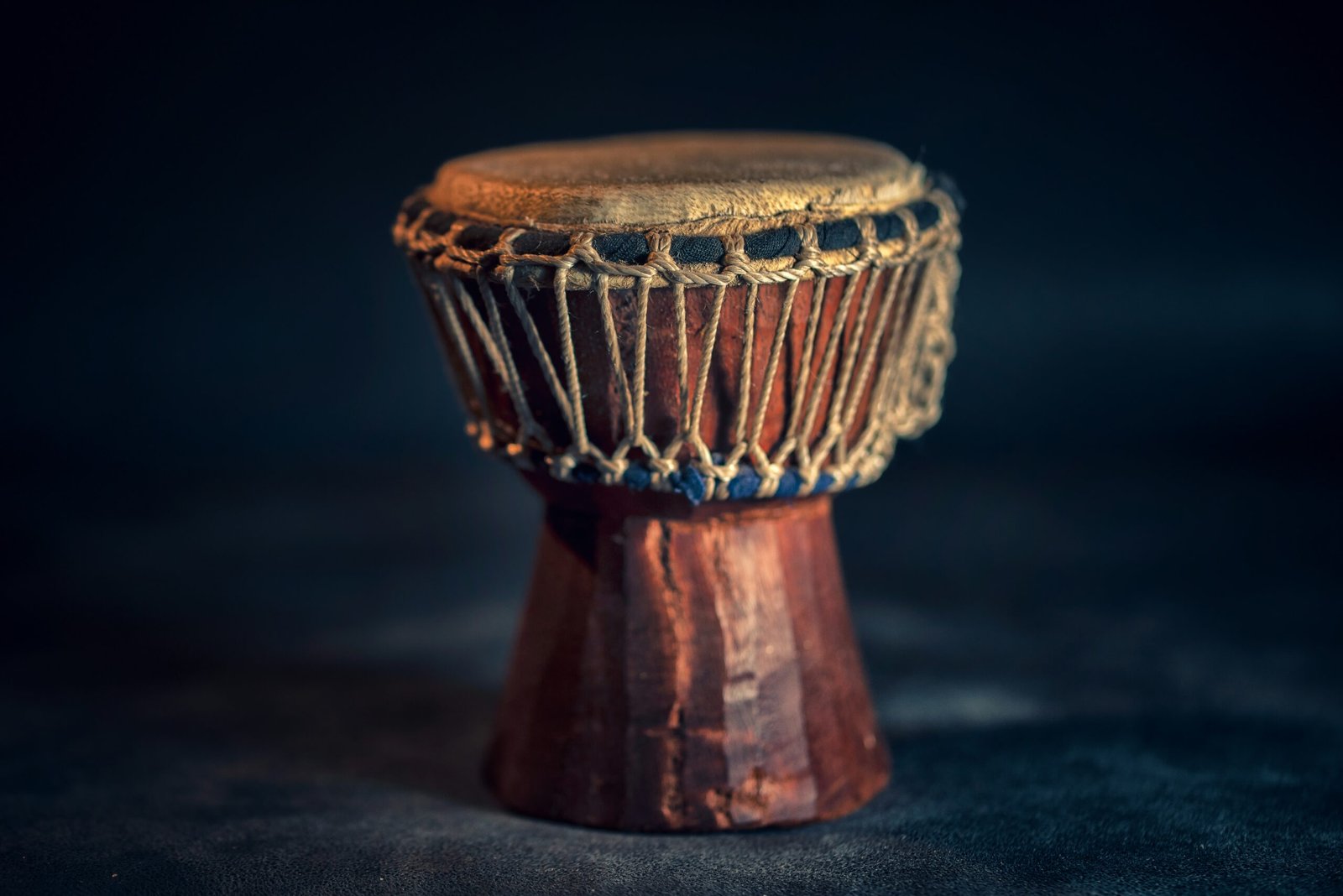
One of the key elements of Russian traditional music is its connection to nature. Many traditional songs and melodies are inspired by the vast landscapes and natural beauty of the country. The melodies often mimic the flowing rivers, the rustling of leaves in the wind, or the chirping of birds. This close bond with nature is deeply ingrained in the Russian culture and is reflected in the music.
Another important aspect of Russian traditional music is its strong ties to folklore and storytelling. Many songs are based on ancient folk tales and legends, passed down through generations. These songs often tell stories of love, bravery, and the struggles of everyday life. They serve as a way to preserve and honor the country’s folklore and keep its traditions alive.
Russian traditional music is also known for its wide range of instruments. From the balalaika, a triangular-shaped string instrument, to the accordion and the domra, a plucked instrument similar to a mandolin, each instrument brings a unique sound and flavor to the music. These instruments are often played in ensembles, creating a rich and layered sound that is both powerful and melodic.
Throughout history, Russian traditional music has been influenced by various ethnic groups within the country. The Tatars, Bashkirs, and Yakuts are just a few examples of the diverse cultures that have contributed to the development of Russian music. These influences can be heard in the rhythms, melodies, and even the instruments used in traditional Russian music.
Today, Russian traditional music continues to thrive and evolve. It is celebrated through festivals, concerts, and performances, both within Russia and around the world. Musicians and performers are dedicated to preserving the authenticity of the music while also exploring new possibilities and pushing boundaries.
In conclusion, Russian traditional music is a treasure trove of history, culture, and artistry. Its deep roots in nature, folklore, and ethnic influences make it a unique and captivating form of expression. Whether you are listening to the haunting melodies of a solo balalaika or joining in a lively folk dance, Russian traditional music offers a window into the soul of the country and its people.
As Russian society evolved and developed, so did its traditional music. During the medieval period, the Russian Orthodox Church played a significant role in shaping the musical landscape. The church’s rich and complex liturgical music, known as znamenny chant, became an integral part of Russian religious ceremonies. This form of singing, characterized by its monophonic texture and melismatic melodies, laid the foundation for the development of Russian classical music.
Another important influence on Russian traditional music came from the peasant class. Peasants, who made up the majority of the population, had their own unique musical traditions that reflected their daily lives and struggles. These folk songs, known as chastushki, were often humorous and satirical, providing an outlet for the peasants to express their frustrations and aspirations.
In addition to vocal music, traditional Russian music also featured a wide array of instruments. The balalaika, a three-stringed instrument with a triangular body, became synonymous with Russian folk music. Its bright and percussive sound added a distinctive flavor to traditional melodies. Other instruments commonly used in Russian traditional music include the domra, a plucked string instrument, and the accordion, which was introduced in the 19th century and quickly gained popularity.
Throughout the 19th and 20th centuries, Russian traditional music continued to evolve and adapt to the changing social and political climate. The rise of nationalism in the 19th century led to a renewed interest in folk traditions, and composers such as Nikolai Rimsky-Korsakov and Modest Mussorgsky incorporated elements of Russian folk music into their compositions.
Today, Russian traditional music remains an important part of the country’s cultural heritage. It is celebrated and preserved through performances by folk ensembles, festivals, and recordings. Whether it is the haunting melodies of a church choir or the lively tunes of a folk dance, Russian traditional music continues to captivate audiences around the world with its rich history and unique sound.
The Instruments of Russian Traditional Music
One of the defining features of Russian traditional music is its wide array of traditional instruments. These instruments vary across different regions of Russia and can be broadly categorized into three groups: string instruments, wind instruments, and percussion instruments.
String instruments play a significant role in Russian traditional music. The balalaika, a triangular-shaped string instrument, is perhaps the most iconic of all Russian instruments. Its bright and distinctive sound is instantly recognizable. The balalaika has three strings and is played by plucking or strumming. It is often used to accompany folk songs and dances, adding a lively and energetic element to the music. Another string instrument commonly used in Russian traditional music is the domra. Similar to the balalaika, the domra is a smaller version of the instrument with three or four strings. It is often played with a pick and produces a melodic and resonant sound. The gusli, a plucked zither-like instrument, is also popular in Russian traditional music. It has multiple strings that are plucked or strummed, creating a soothing and ethereal sound.
Wind instruments, such as the zhaleika (a type of flute) and the bayan (a button accordion), are also integral to Russian traditional music. The zhaleika is a tube-like instrument made of wood or reed. It has a distinctively piercing sound and is often played at festive occasions and celebrations. The bayan, on the other hand, is a large accordion-like instrument with buttons on one side and a keyboard on the other. It produces a rich and harmonious sound and is commonly used in folk ensembles and orchestras. These wind instruments add depth and texture to the melodies, creating a unique and evocative sound that is characteristic of Russian traditional music.
Percussion instruments, such as the buben (a frame drum) and the treshchotka (a rattle), provide the rhythmic foundation for Russian traditional music. The buben is a circular drum with a wooden frame and a stretched skin surface. It is played by striking or shaking the drum, producing a rhythmic and resonant sound. The treshchotka, on the other hand, is a handheld instrument made of metal or wood with small rattling objects attached to it. It is shaken or struck to create a rattling sound that adds a lively and dynamic element to the music, enhancing its dance-like quality. These percussion instruments are often used in folk dances and rituals, adding a sense of rhythm and energy to the music.
In the eastern regions of Russia, such as Siberia and the Far East, traditional music takes on a different character. The vast expanses of the Siberian taiga and the rugged terrain of the Far East have shaped the music of these regions. Traditional songs often tell stories of nomadic life, hunting, and the connection between humans and nature. The melodies are often accompanied by the sounds of traditional instruments like the khomus (a type of jaw harp) and the shaman drum.
Moving to the western regions of Russia, such as Kaliningrad and the Baltic states, we find a unique blend of traditional Russian music with influences from neighboring European countries. The music in these regions often incorporates elements of folk dances like the polka and the mazurka, as well as traditional instruments like the accordion and the violin. This fusion of styles creates a vibrant and lively sound that is distinct to this part of Russia.
Even within each region, there are further variations in traditional music. For example, in Karelia, there are two distinct styles of traditional singing: the “kantele” style, characterized by its use of the Finnish kantele instrument, and the “runo-song” style, which features epic storytelling through song. These variations within regions highlight the rich tapestry of Russian traditional music.
It is important to note that while traditional music in Russia has its regional variations, there are also common elements that tie it all together. The use of vocal harmonies, storytelling through song, and the incorporation of traditional instruments are recurring themes across different regions. These elements form the foundation of Russian traditional music and contribute to its unique and diverse nature.
Moreover, Russian traditional music plays a significant role in preserving and promoting cultural heritage. It serves as a means of connecting present-day Russians with their ancestors and the rich history of the country. By performing and listening to traditional music, Russians can maintain a sense of identity and pride in their cultural roots.
Traditional music also serves as a form of storytelling, conveying narratives and emotions that are deeply embedded in Russian culture. Each melody, rhythm, and lyric carries a piece of history and tradition, allowing listeners to immerse themselves in the experiences and perspectives of past generations.
Furthermore, the popularity of Russian traditional music has led to the establishment of educational programs and institutions dedicated to its study and preservation. These include music schools, conservatories, and cultural centers that offer classes and workshops on traditional instruments, vocal techniques, and folk dances.
In recent years, efforts have been made to modernize and innovate traditional music, blending it with contemporary styles and technologies. This fusion of the old and the new has attracted younger generations and expanded the audience for Russian traditional music. It has also created opportunities for collaboration between traditional musicians and artists from diverse musical backgrounds.
Overall, Russian traditional music continues to thrive and evolve, serving as a bridge between the past and the present, as well as a source of inspiration for future artistic endeavors. Its enduring popularity and influence demonstrate the enduring power of cultural traditions and the universal appeal of music as a form of expression.



